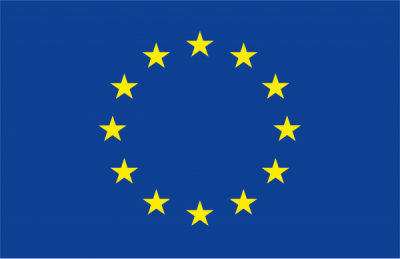
CARE-C’s Asst. Prof. Tuija Jokinen involved in CERN CLOUD’s newly published research at Science on the contribution of iodine oxoacids at the nucleation of sulphuring acid particles in the atmosphere
The Cosmics Leaving Outdoor Droplets (CLOUD) experiment team, including Asst. Prof. Tuija Jokinen of CARE-C at the Cyprus Institute, has recently published the results of their latest study, entitled ‘Iodine oxoacids enhance nucleation of sulfuric acid particles in the atmosphere’ at the elite Science journal.
In the aforementioned research, the CLOUD team studied how iodine oxoacids interact with sulfuric acid in marine and polar regions. The findings are of crucial importance as they suggest that climate models are significantly underestimating the rates at which sulfuric acid particles form in marine and polar regions. In these pristine areas, iodine oxoacids play a crucial role, acting synergistically with sulfuric acid and forming particles even in the absence of sulfuric acid.
Furthermore, global marine iodine emissions have tripled over the past 70 years due to diminishing sea ice and increasing ozone concentrations. This rise in marine aerosol and clouds creates a positive feedback loop, hastening the loss of sea ice in polar regions while simultaneously introducing a negative radiative forcing (cooling effect) at lower latitudes. To improve their assessments of the impact of aerosol particles on climate, climate models must now incorporate iodine oxoacids along with sulfuric acid and other vapors.
The CLOUD experiment employs a unique cloud chamber located at the Proton Synchrotron (PS) in CERN to investigate the potential connection between galactic cosmic rays and the formation of clouds. This research initiative brings together a collaborative and interdisciplinary team of scientists from 17 institutions across nine countries and is comprised of experts in atmospheric physics, chemistry, cosmic-ray physics, and particle physics, including Asst. Prof. Jokinen.
Link to the article: https://www.science.org/doi/pdf/10.1126/science.adh2526



